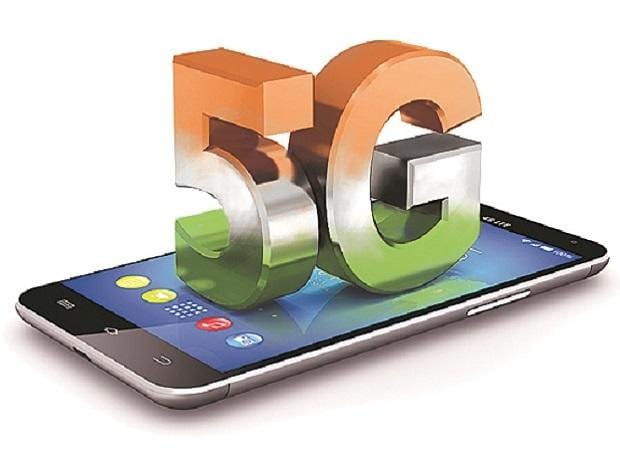[ad_1]
The number of 5G subscribers in India is expected to grow over 22 times in the next six years. From 31 million by the end of 2022, the number of 5G subscribers in the country will rise to 690 million by the end of 2028, Ericsson Mobility Report released on Wednesday said. In 2028, 5G will make up to 53 per cent of India’s mobile subscriptions.
The growth will be faster than global growth, where the total 5G subscribers are expected to jump from 1 billion by the end of 2022 to 5 billion by the end of 2028. Moreover, 94 per cent of India’s mobile users will be smartphone users by 2028, says the report. This is 77 per cent at present.
Moreover, 4G subscriptions in India are expected to peak in 2024 at around 930 million and will decline to an estimated 570 million by 2028.
“5G will play a crucial role in achieving India’s digital inclusion goals, especially in bringing broadband to rural and remote homes. In fact, enhanced mobile broadband is serving as the foundation for the Government’s ‘Digital India’ vision by enabling people to access public services,” Nitin Bansal, head of Ericsson India, said.
At 25 gigabytes (GB), the average data traffic per smartphone in India is the highest in the world. By 2028, this is expected to double and reach 54 GB per month, the report added. Globally, the average data consumption is expected to exceed 19 GB in 2023.
Driven by high growth in the number of smartphone users and the increase in average usage per smartphone, total mobile data traffic in the India region is estimated to grow from 18 exabytes (EB) per month in 2022 to 53 EB per month in 2028. Also, 80 per cent of mobile network traffic is expected to come from videos alone.
The report further stated that about 110 million subscriptions of 5G were added globally between July and September, bringing the total to about 870 million. If it crosses one billion by the end of the year, 5G will become the fastest-scaling mobile connectivity generation.
The fastest adoption of 5G was seen in North America and North East Asia, with subscription penetration expected to reach about 35 per cent by the end of 2022.
[ad_2]
Source link



